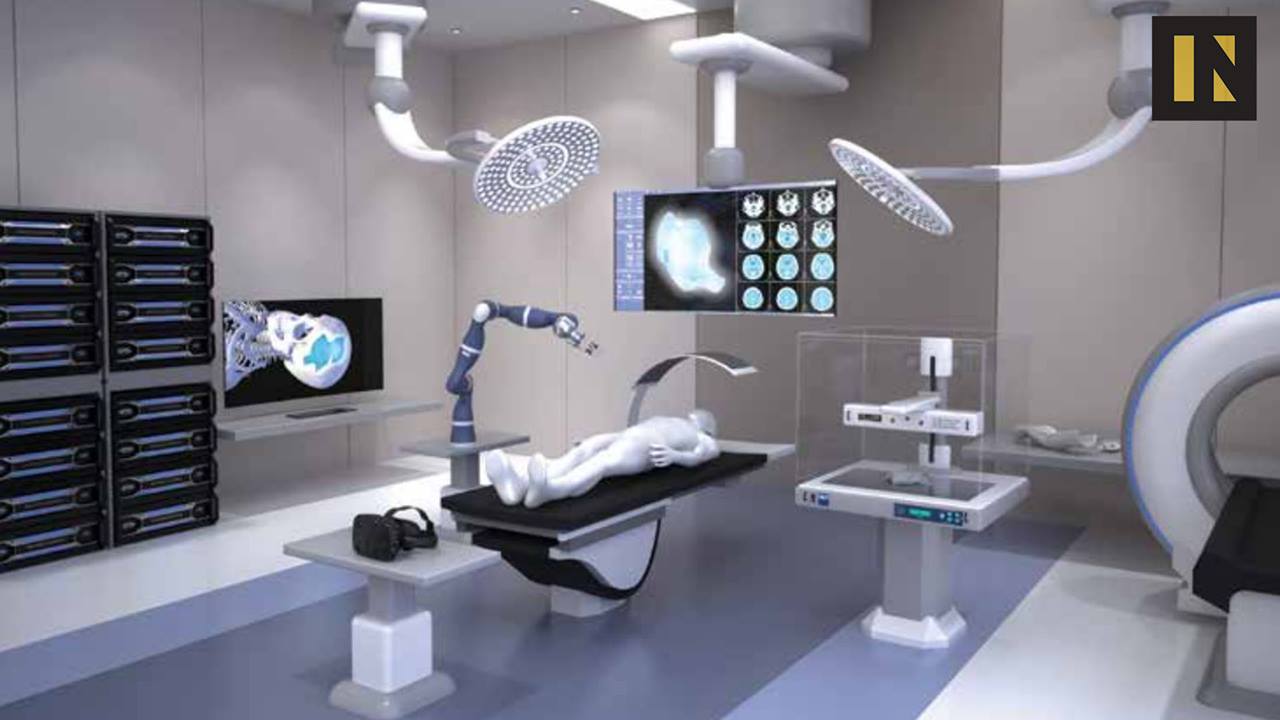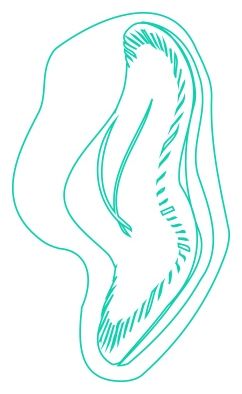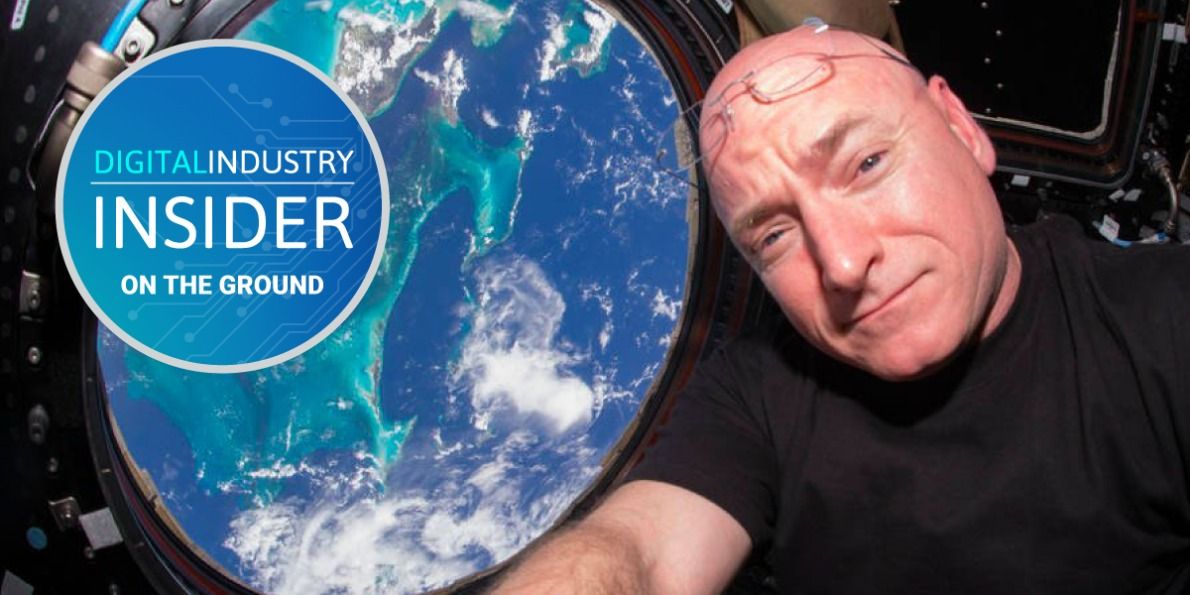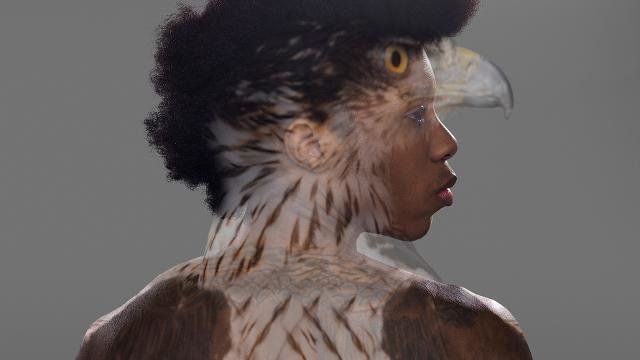In Brief
- Last week’s US Senate Subcommittee on Space, Science, and Competitiveness focused on the impact AI has in various sectors of US society.
- Scientists predict that investments in AI will increase by more than 300 percent over the next few years, meaning AI will have a more prominent role in society.
Senator Ted Cruz opened up last Wednesday’s hearing by the US Senate Subcommittee on Space, Science, and Competitiveness with a description of the changing landscape of technology: “Whether we recognize it or not, artificial intelligence is already seeping into our daily lives.”
Senator Cruz explained that scientists are predicting how investments in AI will increase by more than 300 percent in the next few years, which means AI will have a more prominent role in society. With that in mind, the subcommittee’s hearing focused on the impact AI has in various sectors of US society, and how to best ensure US leadership in AI development.









